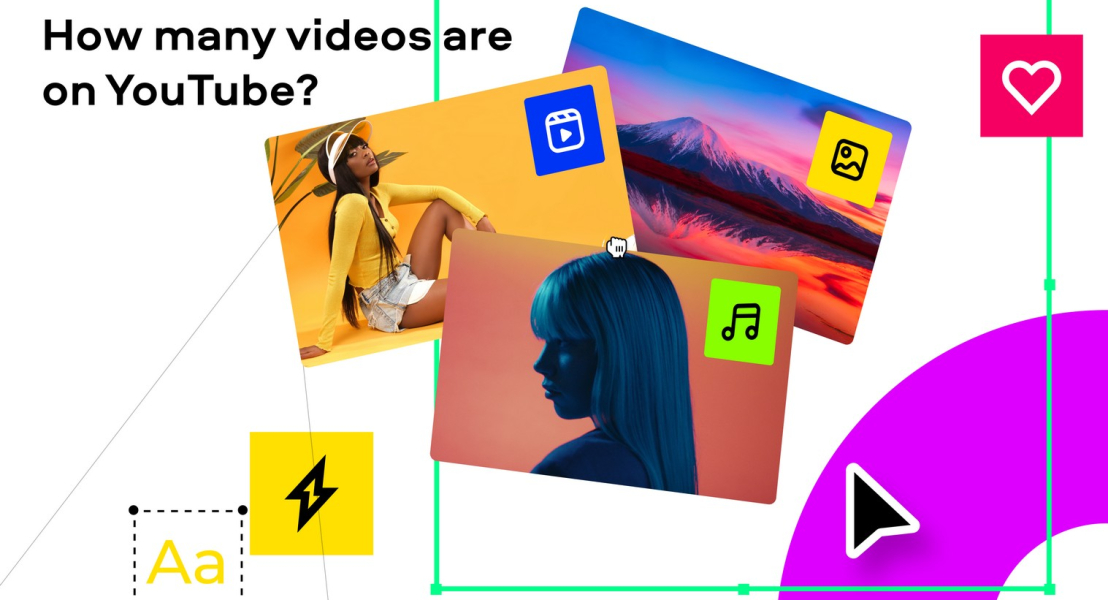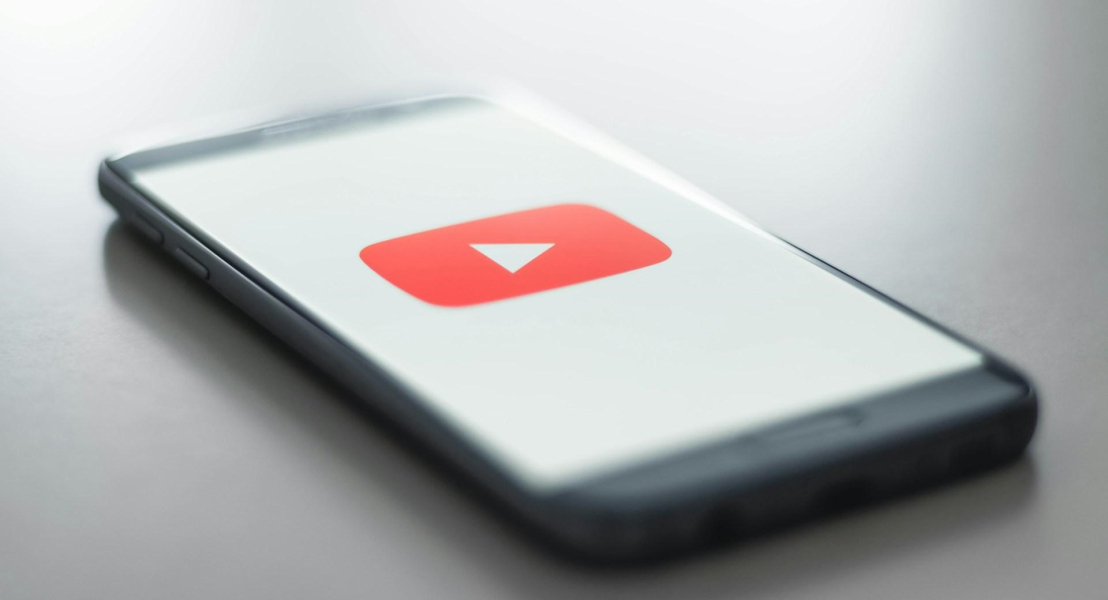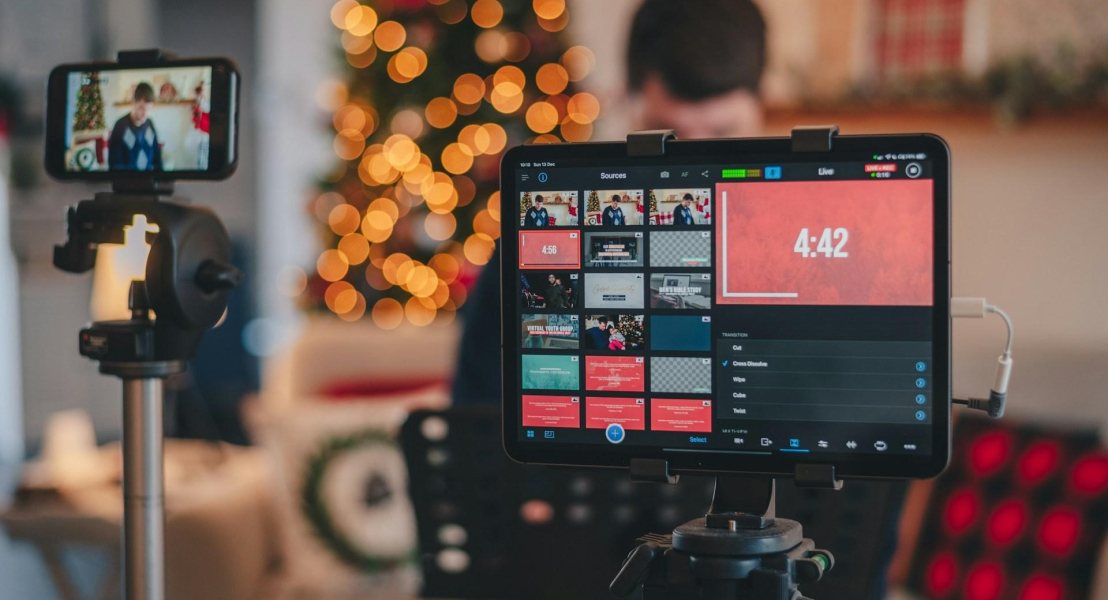We use cookies to improve the services we offer you. By continuing to browse this site, you consent to keep them in accordance with our Privacy Policy.
×We use cookies to improve the services we offer you. By continuing to browse this site, you consent to keep them in accordance with our Privacy Policy.
× 411
411
 12 min
12 min

For many people, YouTube is something that they have always had access to—in fact, people in a particular age group came after the platform went live for the first time.
YouTube’s logo, domain, and trademark were all registered on Valentine’s Day in 2005. Steve Chen, Jawed Karim, and Chad Hurley came up with the idea at a dinner.
From there, they got to work, and the first video went live on YouTube on April 24th, just a few short weeks after the idea. One of the founders uploaded an 18-second video. In the brief clip, Karim talks about elephant trunks at a zoo.
That sounds funny, and it has led people to be expressive and share their lives on YouTube.
In a testament to the power of YouTube, the first video to reach a million views did so in just a few months, in September 2005. This milestone marked the beginning of a new era, where content could reach millions of people in a matter of days.
On this occasion, a Nike advertisement showed Ronaldinho getting his Golden Boots.
That massive number of views instantly showed other brands the considerable potential and power of video. By the end of 2005, YouTube received a huge $3.5 million cash investment from Sequoia Capital. The purpose of the investment was to increase its servers and expand bandwidth.
2006 turned out to be a big year for YouTube, too. The Content Verification Program was implemented after NBC asked YouTube to remove its content. YouTube complied without issue, and, as a result, NBC decided to use YouTube to advertise.
2006 also saw the game-changing Google acquisition of YouTube for $1.65 billion.
Here is what happened after that:
Although most people don’t consider YouTube to be a social network, it is, and it was still the second most popular in 2022.

Photo by Christian Wiediger on Unsplash
After 18 years of content delivery, you’d expect the YouTube user base to be extensive — and it is. As of May 2024, it is reported that the current user base for YouTube is 2.7 billions per month, with an average daily user count of more than 122 million people (mobile and website combined).
It’s good to know that only users logged into an account are registered in these figures. The user base is much higher because 1 billion hours of content are watched globally daily.
Global Media Insights reports that over a quarter of the world’s population uses YouTube every month, and 95% of the internet user population uses it.
The estimation is that 500 hours worth of new content are made available on YouTube every minute, which comes to around 720,000 hours per day. Those 500 hours of content are split between around 150,0000 new videos (per minute).
Each day, people watch around 5 billion videos.
The current estimated number of videos on YouTube is 800 million; however, it is difficult to pinpoint the total. Considering how many new videos are added daily, the total increases rapidly.
And just for fun, with so much content available, watching all the content on YouTube would take around 9.36 billion minutes. That is about 17,810 years if you watched all the videos consecutively. But this only works if no one ever uploads to the platform again!
With so many platforms available to content creators, what makes YouTube such a powerful tool? Since its launch, content creators and advertisers have seen its power and potential. We will look at some of the most popular creators in a minute—but first, why do they use the platform?
YouTube calls itself the stage, while the rest is thanks to the platform’s creators. While there have been more than a few conversations about YouTube’s revenue not being what it once was, it has made more than a few millionaires.
Just glancing at the audience statistics can show you the potential of putting content on YouTube. While there are countless uploads, the YouTube algorithm knows who will enjoy your creations. The reach potential is unlike any other social media platform.
Video content for content creators and brands alike is shown to be more powerful than a few sentences on X, for example. However, all social media has its benefits.
YouTube offers a range of ways to earn money from your content. However, it also has strict policies for unlocking monetization on the platform.
To join the YouTube Partner Program, creators need to have the following:
To earn money through video advertisements:
Here are some of the possible ways to monetize content on YouTube, through YouTube programs and outside of those:
YouTube is one of the best social platforms for building a community because video content can be much more personal than short sentences on other platforms. Although all social media platforms can be used to build community, YouTube has a special place.
It creates a more personal connection between the content creator and the audience through BTS, GRWM, OOT, GURWM, and daily life vlogs and also offers content creators many ways to interact through GIFs, responding to comments, polls, and more.
While some platforms have always been limited in the length of video content, YouTube allows for long videos and shorts. That flexibility will enable creators to experiment and deliver shorts while editing longer content. The audience can choose what they have time for.
YouTube is great for businesses and content creators. However, the use might differ slightly. Businesses always look for ways to appear higher in the search rankings. And, to make money and gain visibility, so are content creators. YouTube has long been a great place to maximize potential search rankings.
YouTube SEO works a little different than it does elsewhere. Most other content is all about the content—images and words. The combination, which is crawlable by search engines, gives them clues about the content.
With video content, robots can watch it. So, it all comes down to titles, transcripts, closed captions, tags, and descriptions.
In short, though, YouTube presents another way for businesses and content creators to get the coveted front page spot.
Unless you violate YouTube’s terms of service, you have the creative freedom to deliver any video you want. Unless you want to provide the same themed content each week or every few days, you can change how you do things: different intro music, exciting graphics, professional editing, and different formats.
Although, expect your community to have some feedback as you do this! You can experiment with Shorts, try different lengths of videos, and more. YouTube offers brands and content creators the chance to be creative in a way that suits them best.

Photo by Libby Penner on Unsplash
One of the best things about YouTube and creating video content for the platform is that you can go viral with a simple and funny 5-second clip or with a longer, more intricate piece of footage.
But what constitutes a viral video now? Each platform has a different view or engagement benchmark for ‘viral.’ With so much content on YouTube, it is one of the higher requirements. Going viral can also be broken down into niche topics and categories.
For example, niche topics might ordinarily get 10k views over a week, so even 50,000 could be considered viral.
For more heavily populated niches like beauty and gaming, big creators typically get hundreds of thousands of views and often into the millions. So viral, in this case, could be as high as 10 million views in a week.
Generally, though, for most small to medium creators on YouTube, a million views can be considered viral.
So, how do you create viral content?
The videos we now see on YouTube are high-quality, crisp sound, and gorgeously edited using software like Movavi. Most content creators start with what they have—a smartphone with a camera, a low-cost plug-in mic, and an idea. You can start your YouTube journey with a similar setup – and progress to more expensive hardware later.
Do plenty of research when it comes to content. After all, there are 800 million videos on YouTube right now that can help you!
While sometimes viral content just happens, regardless of quality, if going viral is your aim, create the best content you can.
If your videos’ user experience is low, people won’t return. Consider the sound volume, the picture clarity, and the language you use. Then, look at accessibility. Add subtitles or closed captions, so viewers can have a better viewing experience.
Keep in mind ALT texts and descriptions, too. These significantly increase the viewability for a large percentage of the population.
Your channel should have your branding. While you might think that you don’t need it because you’re not a business (maybe), it is how people will recognize you. The most notable examples are Mr. Beast, PewDiePie, and Zoella. Massive YouTube stars can be recognized by their logos.
Your channel artwork makes an impact, so take the time to create an attractive banner and profile picture. Think about what you want people to feel and do when they see your channel.
Once it’s done, you should make templates for future thumbnails. Thumbnails are significant when it comes to people clicking to see your video. They should be bright, have some details, and feature your branding.
Once you have created your video content and uploaded it to YouTube, it’s time to leverage it in as many places as possible. Create promo content on TikTok and Instagram using clips from your longer video. Make the most of other social media platforms, like X and Facebook.
For those who create music or music-based content on YouTube, transfer playlists across streaming services like Spotify, TIDAL, and more will boost your profile and give you a wider audience (plus provide you with more links to share).